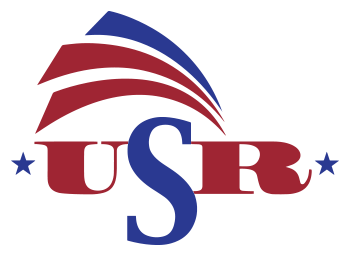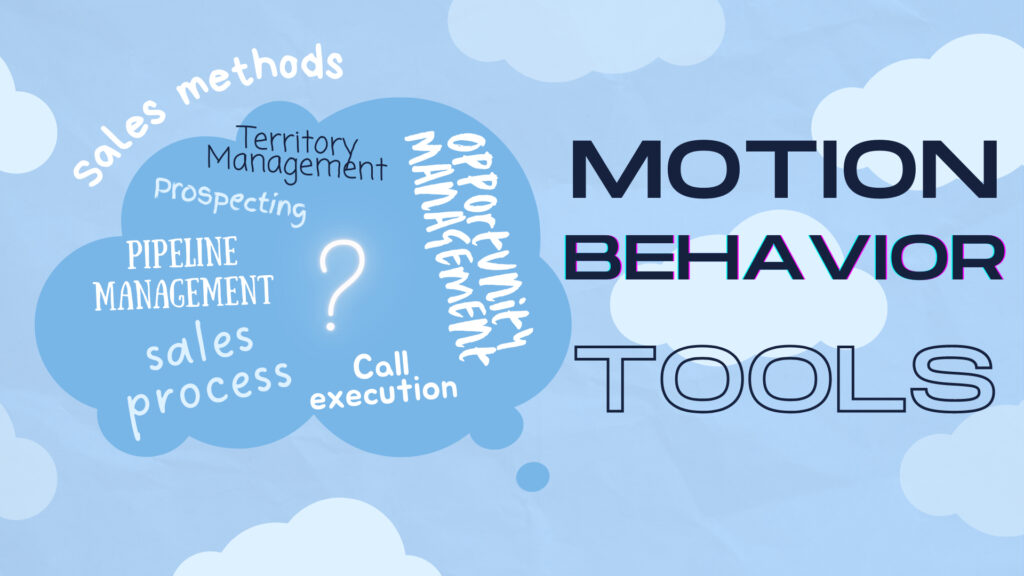Modern sales motions require that sales process, methods, and supporting tools integrate to encourage and enable the right behavior from sellers, sales managers, and collaborative functions like marketing, sales operations, and customer success.
There is an awful lot of noise these days about modern sales motions and what it takes to enable excellent sales practices. In the sales performance business, practitioners toss words like “methodology” and “process” around quite a bit, and there is an apparent lack of clarity about what those terms mean in application to sales performance. I hear sales leaders on a regular basis mislabel a method as a process, or they describe a process as a methodology. This may seem pedantic, but we really do have to be clear and careful about the words we use to describe sales methods, processes, and systems.
Why is sales terminology important?
Choosing tools and integrating methods into a system requires clarity about the business outcomes we want to achieve, the behaviors that will bring about those outcomes, and the various ways in which we need to encourage and enable those behaviors.
Knowing if we are enabling a process (i.e., a series of actions or steps taken to achieve a particular sales outcome) or enabling a system (i.e., a set of sales tools, methods, and processes working together) is critical to selecting the right tools.
Methodology is defined in the Oxford Dictionary as, “A system of methods used in a particular area of study or activity.” For our purposes, the particular activity referred to in that definition is professional selling. The “system of methods” part of the definition tells us the various methods are meant to work together, and they work together to achieve something important for the business – e.g., sales growth, reduced cost of sales, less talent risk, and so forth.
Sales methods are applied to common, discrete layers of an organization’s sales motion. Typically, these methods are categorized in the following way:
- Sales call planning, execution, and follow-through
- Sales process execution and opportunity management
- Account planning and relationship management –
- Territory planning and execution
- Pipeline management and forecasting
- Prospecting and Lead Management
As you look at that list, you might think, “We don’t have methods established in all of those areas.” That may or may not be a problem, depending on the nature of your sale. If yours is a very simple sale, for example, comprising a single interaction with a single buyer, then you probably do not need to have an account planning and relationship management method established. In another example, if your lead development approach is strictly inbound, then you probably do not need to have a method established for outbound prospecting.
On the other hand, if yours is a more complex sale – meaning your sale requires multiple interactions with more than one buying contact, then the need to have methods established for the various layers of sales activity is greater. The discipline of account and relationship management, for example, may be critical for you as there are multiple opportunities to be identified and multiple contacts to be cultivated within each target client. Call execution in the complex sales also tends to drive the need for an approach that encompasses both effective opportunity management and call planning.
Making Sense of All Those Methodologies
If you have committed to or are considering committing to a new sales method or a collection of methods (i.e., a methodology), you must consider where those methods fit in your sales tech stack. Perhaps another way to think about the sales tech stack is if it were a sales behavior stack.
Key questions to ask when assembling your sales behavior stack include –
- What kind of planning, execution, and follow-through are we trying to encourage by adopting this method or methodology?
- How can we integrate tools and design our workflow to enable the methods that we believe will lead to our desired outcomes?
- And, of course… what does effective coaching look like in our environment, and how do we enable it?
I don’t have a rooting interest in any one sales methodology provider, but we do have a short list of providers whose methodologies we appreciate because they are buyer-centric and have some degree of behavioral science in their root system. In other words, they are based on things that we know are important –the buyer must be front and center in all your sales activities and your chosen methods should be derived by way of the scientific method (i.e., observation, gathering information, asking questions, forming and testing a hypothesis, drawing conclusions, documenting, and so on) as opposed to guesswork or guru-mirroring.
If you haven’t been able to scan the sales methodology marketplace recently, it remains crowded and dynamic. The barriers to entry for sales method providers are relatively low, as a new generation of “sales experts” enters the market every few years with fresh ideas (that sound a lot like the old ideas – but who am I to criticize). There is also a handful of long-standing, reputable providers who tend to dominate the market, especially the large and middle-market enterprise market for sales training.
I spend essentially all my professional life working with sales leadership teams and supporting functions, and I frequently have the opportunity to geek out with sales enablement and revenue operations people on topics like sales methodologies, tools, systems, et cetera. All that time spent living in the world of sales methods, tools, et cetera gives me a deeply grounded sense of who’s who, who is good at what, where they fit in, and so forth – when it comes to the sales method provider landscape.
For instance, if you were to quiz me on the top sales methodology providers in the different zones of sales planning and execution and what they are currently / best known for, my answers would include…
- Ignite Selling (call execution, opportunity strategy, account strategy)
- SparxIQ (call execution, opportunity strategy)
- Korn Ferry, formerly Miller-Heiman (account strategy, opportunity strategy)
- Huthwaite International (call execution, opportunity management)
- Corporate Visions (call execution, opportunity management)
- Challenger (call execution)
- Richardson Sales Performance (call execution, opportunity management, territory management)
- Force Management (call execution, opportunity management, territory and pipeline management)
There are dozens of niche players that specialize in one specific zone like prospecting skills or negotiating skills. There are too many of those to mention in this space.
Regardless of which method(s) you choose, integrating those methods into your sales infrastructure – particularly your sales tech stack – is crucial for organizations that want to compete effectively in the B2B space.
Why? Because modern sales tools are widely available, inexpensive, and modern sales motions are fully democratized nowadays. It is possible and easy for a relatively young firm to access and leverage tools that were once the domain of established businesses with big enablement budgets.
A Key Piece In the Puzzle
Over the last fifteen years or so, I have been involved in numerous sales tech stack initiatives and participated in the integration of sales process and technology in more than a dozen different businesses. I have observed the evolution of CRM and sales process enablement tools over the years – solutions like Altify’s Dealmaker, various Salesforce native tools, Pipeliner CRM, and tools built for Microsoft Dynamics, Zoho CRM, and the list goes on.
I try to stay educated on the sales process and opportunity management tools space, in particular, because those tools tend to have the greatest impact on the daily practices of sales leaders in complex B2B sales environments (where I frequently work). Where there is complexity in the sales process, opportunity management tools can help sales leaders keep close tabs on the execution of their organization’s sales process — for instance, keeping a close eye on the completion of sales process stages, the achievement of key milestones, and understanding the relative health of opportunities in their pipeline and forecast.
Recently, I was able to tinker with a tool called SalesPath+. It enables effective opportunity management in a simple but elegant way. It is a Salesforce-native tool, so it is only for those organizations that are already using or committed to using Salesforce as their CRM of record. It is sales motion and methodology-friendly, meaning it is easily configurable to enable any sales process or opportunity management methodology that you choose.
For instance, if you are a devoted Ignite Selling or Force Management shop, you can easily configure this tool to enable those specific sets of methods. If you are a Build Your Own (“BYO”) or Best of Breed (“BoB”) sort of shop, meaning you’ve assembled your own, best-of-breed opportunity management methodology, SalesPath+ can enable that, too. I am sure the folks over at Advanced Sales AI, the creators of Sales Path+ will be happy to talk with you, but if you want to take a look at a video and some of their latest content, go to their LinkedIn page. (I don’t get a commission for this, for the record.)
If you have comments on any of the tools or methodology providers mentioned in this article, share them along with a link to this article on LinkedIn. In the meantime, I will continue to keep an eye out for sales enablement tools and technologies that help sales leaders and their teams to enable the right behavior for their business. More posts on the topic of coaching and enabling modern sales motions will be coming soon.


